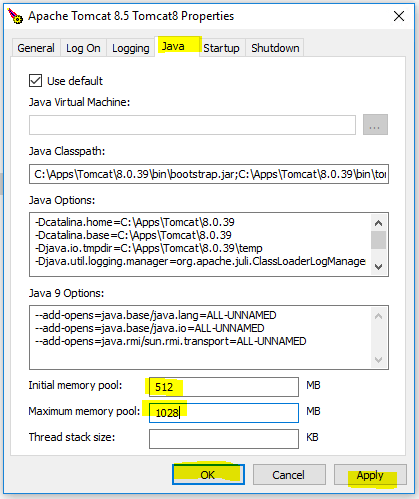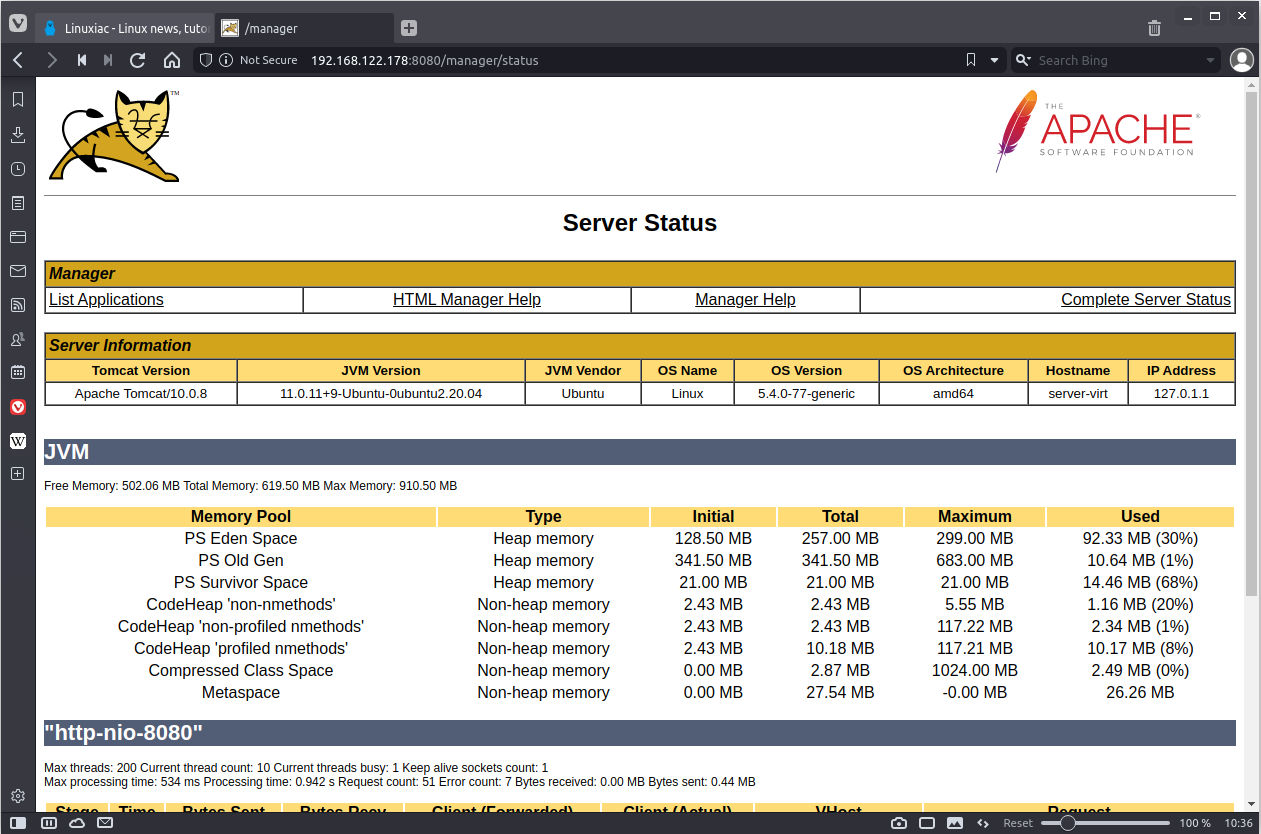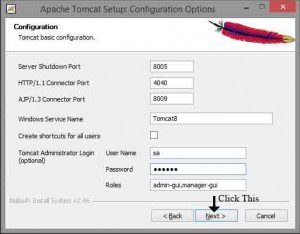

- #SETTING UP APACHE TOMCAT HOW TO#
- #SETTING UP APACHE TOMCAT ZIP#
- #SETTING UP APACHE TOMCAT DOWNLOAD#
Our free Enterprise Guide to Apache Tomcat includes best practices for performance, security, resilience, and more.ĭownload Guide How to Install Apache Tomcat With Source Code Get Tomcat Tips From Our ExpertsĬhoosing Tomcat is easy, but finding long-term success can be tricky.
#SETTING UP APACHE TOMCAT ZIP#
zip files will work, and just like Homebrew, Tomcat can be installed via package managers as well, which is an easier experience for some.

The process for Linux is the same as macOS since macOS is a POSIX type system. You should see the Tomcat splash page letting you know your server is up and running. By running startup.sh and navigating to a web browser, you can then input the IP address of your Tomcat server followed by the port number of 8080. Once extracted, navigate to the bin directory where you’ll find two shell scripts: startup.sh and shutdown.sh. If you use the binary, once extracted, place the directory where you’d like Tomcat to live however, you can just leave it in the home directory and run it from there if you wish.
#SETTING UP APACHE TOMCAT DOWNLOAD#
You can download the binary from Tomcat’s official site, or if you have the Homebrew package manager installed, you can execute the command “brew install tomcat” and the binary will be installed like yum or apt-get on Linux. How to Install Apache Tomcat on macOS and Linuxįor Apple’s macOS, you’ll have two options available to you. Once Tomcat is up and running, use a browser to navigate to the IP address on port 8080 to see if the splash page is up. Inside of that folder there is a directory called bin, and inside there is the executable file for Tomcat. Inside of the parent directory of Tomcat, you’ll find a similar layout to the Linux binary. With the binary download, after downloading and extracting, you’ll want to place the Tomcat parent directory in the desired location. Using the binary allows you the portability of running out of the directory and then simply deleting the directory when you are finished with Tomcat. Using the service installer takes you through a guided install like a typical Windows program. How to Install Apache Tomcat on Windowsįirst, you’ll want to acquire either the Windows Tomcat binary from the official Tomcat website or the Windows service installer. Once you have Java installed, set your JAVA_HOME variable. You can determine which version of Java to use by referring to this handy chart on the Tomcat website. Before installing Tomcat, you’ll need to install Java if you have not already done so. Tomcat installation is relatively straightforward, but will vary depending on what operating system you have. Tomcat has been a top-level Apache project since 2005, and the last major release was Tomcat 10, which came out in 2020. What Is Apache Tomcat?Īpache Tomcat is a lightweight open source Java web server and Java Servlet container that was initially released in 1998. Installing Apache Tomcat right the first time can mean lower costs and fewer headaches down the road.

If you have decided to install Apache Tomcat, you’re in good company - according to the 2022 Java Developer Productivity Report produced by JRebel, 48% of developers use Tomcat as the web server for their main application.


 0 kommentar(er)
0 kommentar(er)
